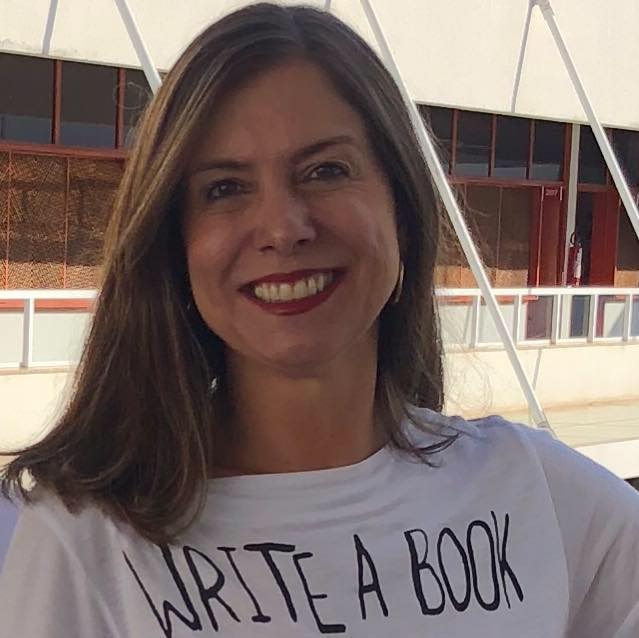Educators Going Digital: Don’t Let Fear Get in the Way
It’s been some years already that we’ve been talking about m-learning and its promises, but with not much consistent use of mobile devices as a learning tool with extremely high computational capabilities, sometimes even bigger than our own desktops (certainly this is my case!). There are simply countless ways to deepen the experiences and learning opportunities in class by using the power of touch, the power of hands. It’s not from banning cellphones, for example, because of our own fears and feeling of powerlessness due to our vulnerable selves towards technology that we will help our students strive as learners, as professionals and citizens.
So, if you are willing to take risks, start with small ones that keep you still in your safe zone and give you a sense of control of the process. Then, move on up the ladder and become more daring. How do you do it?
Take the SAMR model and use it in your favor. Start with simple substitution activities. Have you ever used native apps in students’ cell phones (the ones that are already installed in their cellphones) to practice any kind of language structure?

Sylvia Duckworth’s Sketchnote of SAMR in the Ocean
So, for example, to complement book practice, how about using the weather app for students to practice “What’s the weather like in New York right now?”, “What’s the weather like in Tunisia right now?”. Students use their apps to search for it, or even their Internet browser. You can even teach them to search by using the terms “japan weather”. Google immediately shows the results on the screen. Then, you can have a guessing game with the cities they’ve explored. Or even go beyond and have them learn new vocabulary, like humidity, a bit of math with celsius and Fahrenheit conversion using the search box again. Or how about asking them to click on the image tab and type “weather”. They will review most of the vocabulary they’ve explored. They can work in pairs. One points to a type of weather on the screen and the other student says if it is “rainy, cloudy, windy, sunny”.


Even the simplest activities can be embedded with fun practice and drill with digital tools in a way that students won’t even notice that they are repeating and learning. By doing that, you are working on authenticity mode, doing tasks that are part of the real world/
Here’s a great video to get you started with the concept of the SAMR model to make you rethink your lessons based on this framework: https://www.commonsense.org/education/videos/introduction-to-the-samr-model
And here’s Puentedura himself talking about how to apply the SAMR framework: https://www.commonsense.org/education/videos/ruben-puentedura-on-applying-the-samr-model
YOUR CHALLENGE for the month: Design at least one lesson plan that you take into consideration the SAMR model and include a digital component as part of it.
GOING THE EXTRA MILE: Invite a peer to design this lesson with you & share the lesson plan and results online.
I’d love to see what you come up with! If you feel like it, share it with me on Facebook, Instagram or in the comment area below.
Don’t get your fears get in the way for a great learning adventure. Embark on it with your students, and work together with them to make your lessons even more exciting.




